-
06-01-2015
Perceptions of adolescent students about drugs
Revista Brasileira de Enfermagem. 2015;68(3):517-523
Abstract
Perceptions of adolescent students about drugs
Revista Brasileira de Enfermagem. 2015;68(3):517-523
DOI 10.1590/0034-7167.2015680320i
Views0See moreABSTRACT
Objective:
To analyze the perceptions of adolescent public school students about drugs.
Method:
Qualitative approach of focus groups with 16 adolescent students. The data collected were analyzed by means of content analysis, leading to the following categories: meaning of drugs; living with drug use; opinions, beliefs and attitudes toward drug use; and preventing drug abuse in adolescence.
Results:
The adolescent students know about some drugs, and associate their use with delinquent and criminal behavior. The students identifi ed factors that lead to drug abuse, such as easy access, use by family and friends, idleness, dropping out of school and the characteristic vulnerability of adolescence.
Conclusion:
the results point to the need for educational activities in the context of where the adolescents live, including school, community and family environments, to support and to minimize their vulnerability.
-
06-01-2015
Cognitive stimulation for older people with Alzheimer’s disease performed by the caregiver
Revista Brasileira de Enfermagem. 2015;68(3):510-516
Abstract
Cognitive stimulation for older people with Alzheimer’s disease performed by the caregiver
Revista Brasileira de Enfermagem. 2015;68(3):510-516
DOI 10.1590/0034-7167.2015680319i
Views0See moreABSTRACT
Objective:
to learn the infl uence of cognitive therapy at home, conducted by the caregivers of older people with Alzheimer’s Disease.
Method:
a case study was developed with fi ve older people with Alzheimer’s Disease and their caregivers. The stages of research development were: orientation with the caregivers; selection of older people and caregivers; approach of the study subjects at home; weekly meetings and reapplication of tests to follow up the cognitive function of the participants.
Results:
in three months it was possible to identify improved cognition, verifi ed by the result of the Mini-Mental State Examination (MMSE). The scores of the other tests (KATZ, LAWTON, CLOCK TEST and VFT) remained the same.
Conclusion:
this strategy can be considered a light technology of nursing care for older people with dementia. When providing this care with the support of a nurse, caregivers re feel less anxious and understand the disease better.

-
06-01-2015
Anxiety and spirituality in university students: a cross-sectional study
Revista Brasileira de Enfermagem. 2015;68(3):504-509
Abstract
Anxiety and spirituality in university students: a cross-sectional study
Revista Brasileira de Enfermagem. 2015;68(3):504-509
DOI 10.1590/0034-7167.2015680318i
Views0See moreABSTRACT
Objective:
to study anxiety and spirituality and the relationship between them in university students.
Method:
the State-Trait-Anxiety Inventory (STAI) and Pinto and Pais-Ribeiro Spirituality Scales were used for data collection.
Results:
six hundred and sixty-nine students participated in the study, of whom 91.5% had moderate and high levels of trait anxiety and 92.9% of state anxiety; 93.8% had high spirituality scores. The multiple linear regression test showed a signifi cant relationship between anxiety and the presence of physical discomfort, unusual body movements, and the need for treatment. Furthermore, higher levels of anxiety were associated with the female gender, the lack of leisure activities, and low levels of optimism in the spirituality scale.
Conclusion:
it is important to develop strategies for coping with anxiety, which in turn can be oriented toward protective factors such as spirituality.
-
06-01-2015
Nursing guidance on bed baths to reduce anxiety
Revista Brasileira de Enfermagem. 2015;68(3):497-503
Abstract
Nursing guidance on bed baths to reduce anxiety
Revista Brasileira de Enfermagem. 2015;68(3):497-503
DOI 10.1590/0034-7167.2015680317i
Views0See moreABSTRACT
Objective:
to evaluate the effectiveness of a nursing guidance protocol to reduce the anxiety of patients with acute coronary syndrome undergoing bed bath, and the correlation of vital signs with state-anxiety.
Method:
randomized clinical trial study. The sample consisted of 120 patients. The intervention group received a nursing guidance protocol about bed bath and the control group received the unit’s routine information. The STAI-State scale was used to assess anxiety, and data were collected at three times: immediately after informing the patients about the bed bath; immediately after interventions; and immediately after the bath.
Results:
the intervention group presented signifi cantly lower state-anxiety compared to the control group (p<0.001) after the intervention.
Conclusion:
the nursing orientation was effective to reduce anxiety in patients with acute coronary syndrome undergoing bed bath.

-
06-01-2015
Body language in health care: a contribution to nursing communication
Revista Brasileira de Enfermagem. 2015;68(3):490-496
Abstract
Body language in health care: a contribution to nursing communication
Revista Brasileira de Enfermagem. 2015;68(3):490-496
DOI 10.1590/0034-7167.2015680316i
Views0See moreABSTRACT
Objective:
to classify body language used in nursing care, and propose “Body language in nursing care” as an analytical category for nursing communication.
Method:
quantitative research with the systematic observation of 21:43 care situations, with 21 members representing the nursing teams of two hospitals. Empirical categories: sound, facial, eye and body expressions.
Results:
sound expressions emphasized laughter. Facial expressions communicated satisfaction and happiness. Eye contact with members stood out in visual expressions. The most frequent body expressions were head movements and indistinct touches.
Conclusion:
nursing care team members use body language to establish rapport with patients, clarify their needs and plan care. The study classifi ed body language characteristics of humanized care, which involves, in addition to technical, non-technical issues arising from nursing communication.
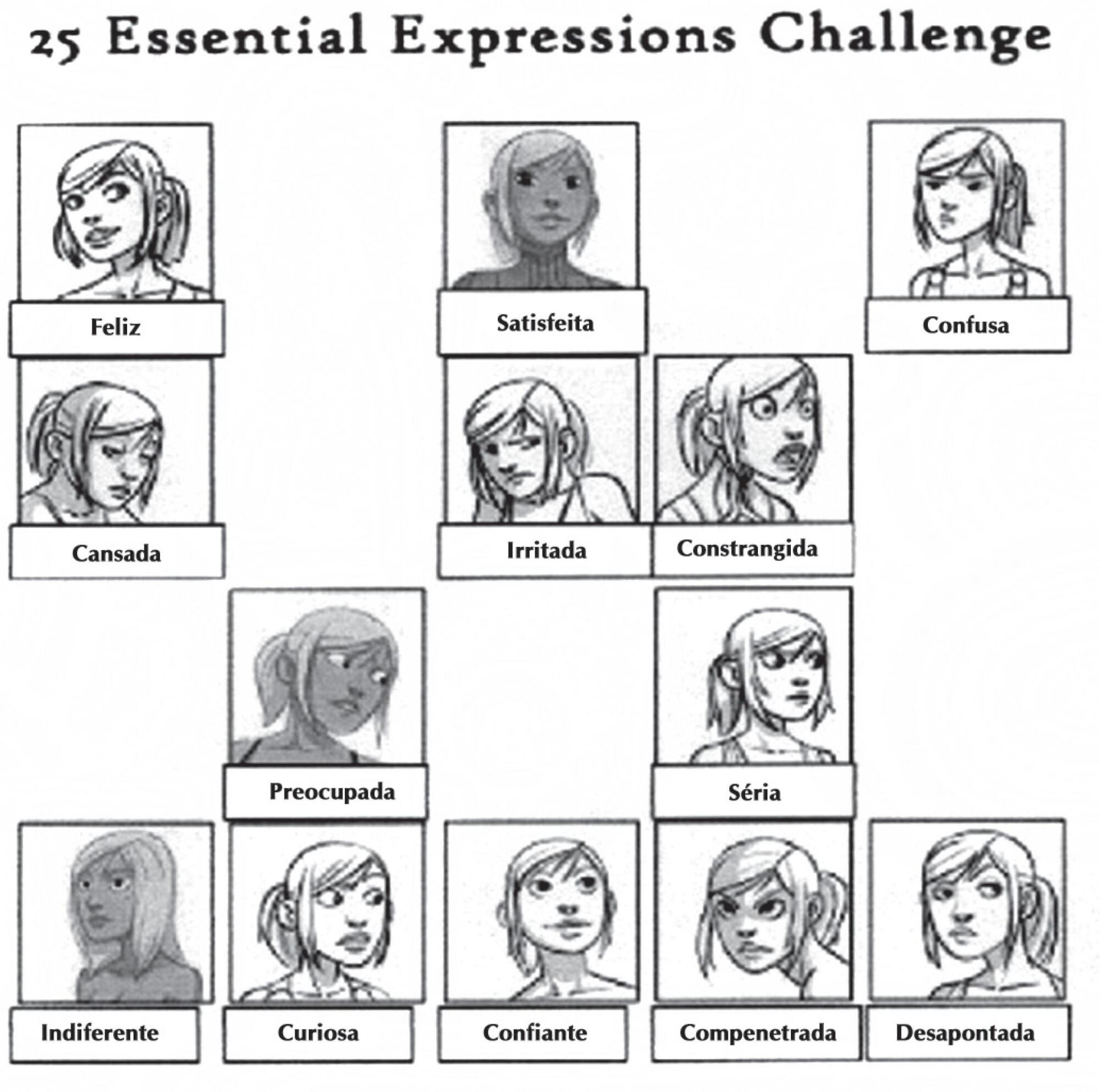
-
06-01-2015
Health promotion in supplementary health care: outsourcing, microregulation and implications for care
Revista Brasileira de Enfermagem. 2015;68(3):482-489
Abstract
Health promotion in supplementary health care: outsourcing, microregulation and implications for care
Revista Brasileira de Enfermagem. 2015;68(3):482-489
DOI 10.1590/0034-7167.2015680315i
Views1See moreABSTRACT
Objective:
to analyze health promotion programs in the supplementary health care.
Methods:
This was a multiple case study with a qualitative approach whose data were obtained from interviews with coordinators of providers contracted by the corporations of health insurance plans in Belo Horizonte, Minas Gerais. The data were submitted to Critical Discourse Analysis.
Results:
Home care has been described as the main action in the fi eld of health promotion transferred to the providers, followed by management of patients and cases, and the health education.groups. The existence of health promotion principles is questionable in all programs. Outsourcing is marked by a process with a division between cost and care management. Implications of this process occur within admission and interventions on the needs of the benefi ciaries.
Conclusions:
Statements revealed rationalization of cost, restructuring of work, and reproduction of the dominant logic of capital accumulation by the health insurance companies.
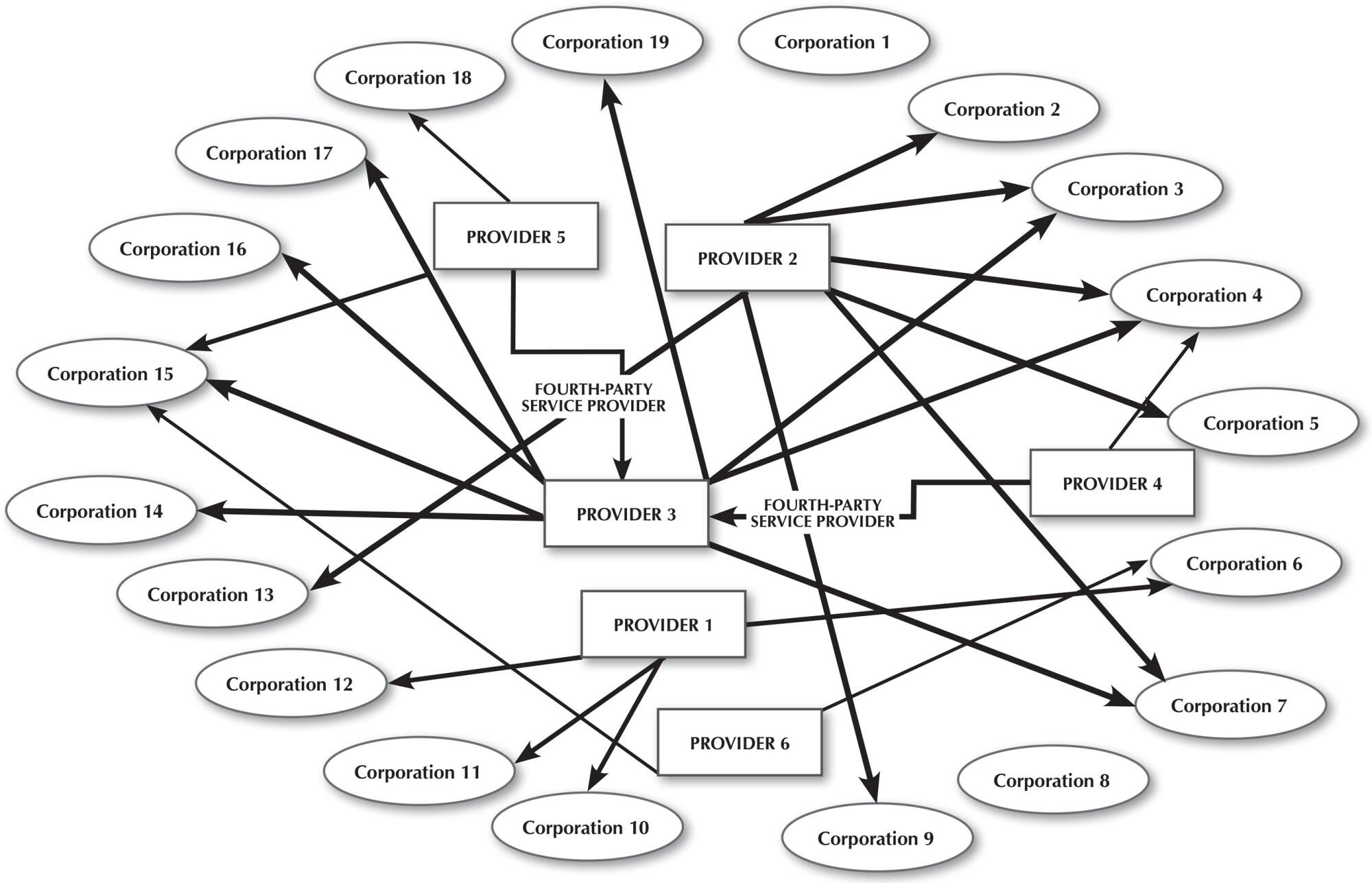
-
06-01-2015
Drug addicts treatment motivations: perception of family members
Revista Brasileira de Enfermagem. 2015;68(3):474-481
Abstract
Drug addicts treatment motivations: perception of family members
Revista Brasileira de Enfermagem. 2015;68(3):474-481
DOI 10.1590/0034-7167.2015680314i
Views1See moreABSTRACT
Objective:
to identify the reasons and motivations why family members search treatment for the drug addicted.
Method:
descriptive qualitative research, developed in 2012 and 2013, in a Drug Addicts Rehabilitation Unit of Parana State, Brazil. A total of 19 semi-structured interviews were conducted with the drug addicts’ family members in treatment. The results were analyzed based on the Transtheoretical Model of Behavior Change and organized in thematic categories according with qualitative data analysis.
Results:
the search for treatment for drug addicts occurred: in the pre-contemplation stage infl uenced by external factors; in the contemplation stage both for ambivalence and behavioral changes needs; in the action stage by awareness of drug addiction and also professional help needs; and in the maintenance stage because of the non-conservation of behavioral changes.
Conclusion:
an evaluation of motivational stages in the beginning of treatment is required for expansion of success possibilities in the rehabilitation process.
-
06-01-2015
Gateway to the diagnosis of tuberculosis among elders in Brazilian municipalities
Revista Brasileira de Enfermagem. 2015;68(3):467-473
Abstract
Gateway to the diagnosis of tuberculosis among elders in Brazilian municipalities
Revista Brasileira de Enfermagem. 2015;68(3):467-473
DOI 10.1590/0034-7167.2015680313i
Views0See moreABSTRACT
Objective:
to analyze the factors associated with the gateway of the health systems of Brazilian municipalities for the diagnosis of tuberculosis in older people.
Method:
survey study type, with a sample of 91 elders, in a population with 706 cases of tuberculosis. Data were collected by means of an instrument based on the Primary Care Assessment Tool (PCAT) adapted for tuberculosis care, emphasizing the gateway variable. Variables were categorized and compared between primary health care (PHC) and specialized care (SC) services. Bivariate analysis and the Chi-square association test were used.
Results:
a statistically signifi cant association (p = 0.0001) was found between the fi rst health service sought and the unit that diagnosed tuberculosis, showing better performance of specialized care services in the diagnosis.
Conclusion:
it is necessary to improve primary health care services to tackle delayed diagnosis of tuberculosis in older people.
-
06-28-2021
Baby-Friendly Hospital Initiative for Neonatal Wards: impact on breastfeeding practices among preterm infants
Revista Brasileira de Enfermagem. 2021;74:e20200909
Abstract
Baby-Friendly Hospital Initiative for Neonatal Wards: impact on breastfeeding practices among preterm infants
Revista Brasileira de Enfermagem. 2021;74:e20200909
DOI 10.1590/0034-7167-2020-0909
Views0See moreABSTRACT
Objective:
to assess breastfeeding support practices for preterm infants at two Baby-Friendly hospitals in southeastern Brazil, comparing the effect of implementing the guidelines for Baby-Friendly Hospital Initiative for Neonatal wards.
Methods:
a quasi-experimental study, pre- and post-intervention with control. Implementation of this initiative in the intervention hospital using Knowledge Translation. Data collection on compliance with the adapted Ten Steps, Three Guiding Principles and the Code before and after the intervention was carried out via interviews with mothers of preterm babies and professionals, unit observation and documentary analysis in the intervention and control hospitals. Intra-intergroup comparison was performed.
Results:
increases in global compliance with the Three Principles, Ten Steps, the Code, partial compliance with each Principle and in most Steps was greater in the intervention hospital. Conclusion: this initiative improved practices related to breastfeeding in the intervention hospital, demonstrating the potential to improve care and breastfeeding in neonatal wards.

-
03-15-2021
Effectiveness of mobile applications in pregnant women’s adherence to prenatal consultations: randomized clinical trial
Revista Brasileira de Enfermagem. 2021;74:e20190599
Abstract
Effectiveness of mobile applications in pregnant women’s adherence to prenatal consultations: randomized clinical trial
Revista Brasileira de Enfermagem. 2021;74:e20190599
DOI 10.1590/0034-7167-2019-0599
Views0See moreABSTRACT
Objective:
to evaluate the effectiveness of a mobile application for cell phones in the adherence of pregnant women to prenatal consultations.
Method:
a randomized controlled clinical trial, simple-blind with two parallel groups, conducted from January to December 2018. Data collection was carried out through a structured interview at the end of the third trimester of pregnancy. For analysis, Chi-Square and Mann-Whitney tests were used. The sample consisted of 88 pregnant women from 2 Family Health Strategies in Northeast Brazil. Participants were randomized into two groups: intervention (IG), who used the application, and control (CG), who attended prenatal consultations.
Results:
pregnant women who used the application (IG) attended a greater number of consultations when compared to participants in the CG, identifying a statistical difference between the groups (p<0.05).
Conclusion:
the application showed to be an effective health technology to improve adherence to prenatal care. Brazilian Registry of Clinical Trials: RBR-74SNST.

-
03-29-2021
Digital educational technology for care management of diabetes mellitus people’s feet
Revista Brasileira de Enfermagem. 2021;74:e20190725
Abstract
Digital educational technology for care management of diabetes mellitus people’s feet
Revista Brasileira de Enfermagem. 2021;74:e20190725
DOI 10.1590/0034-7167-2019-0725
Views0See moreABSTRACT
Objective:
to develop and validate a distance learning course aimed at the pillars of care management of diabetes mellitus people’s feet.
Method:
a technological production research using Moodle Virtual Learning Environment, based on Andragogy, Constructionism and Instructional Design. Content is based on consensus guidelines on diabetic foot. Validation was carried out by distance education, diabetes and/or diabetic foot experts.
Results:
the course’s content is based on diabetic foot guidelines, and is structured in units with didactic material, videos, forums and questionnaires to assess the participants’ learning. The judges considered it appropriate to meet nurses’ needs in clinical practice.
Conclusion:
the virtual learning course has been validated, being a promising strategy for training nurses on care management of diabetes mellitus people’s feet.
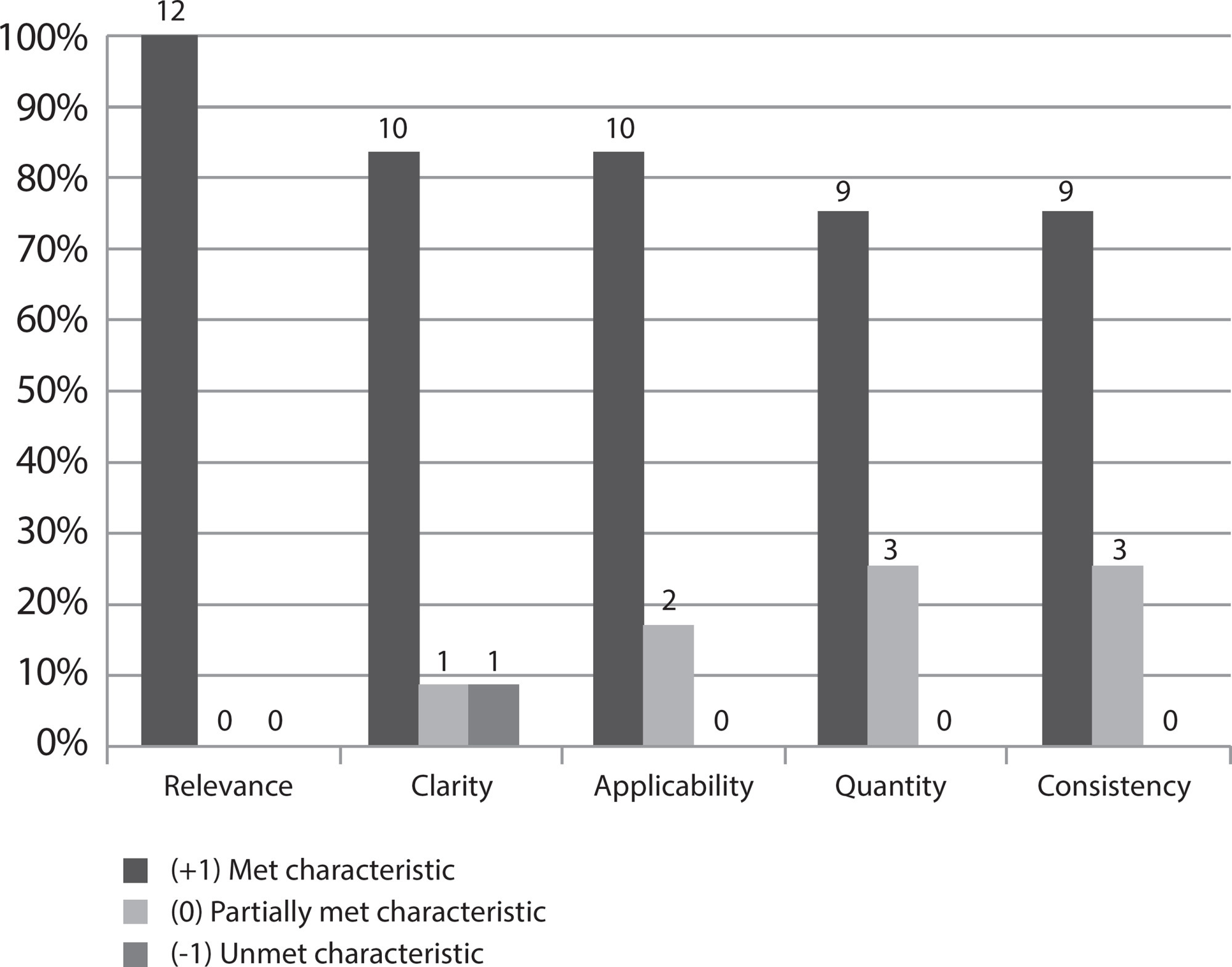
-
05-21-2021
Evolution of nursing teaching in the use of education technology: a scoping review
Revista Brasileira de Enfermagem. 2021;74:e20200422
Abstract
Evolution of nursing teaching in the use of education technology: a scoping review
Revista Brasileira de Enfermagem. 2021;74:e20200422
DOI 10.1590/0034-7167-2020-0422
Views1See moreABSTRACT
Objective:
To identify and map the technological tools of information and communication to support the teaching learning process in Nursing teaching courses.
Methods:
This is a scoping review whose search was carried out in seven databases and in grey literature. After an initial analysis of the selection, 88 texts were read integrally, and 29 made up the final sample.
Results:
Virtual learning environment and object, simulation, hypermedia, and software or cellphone applications were the tools the nursing professors used the most. Studies highlight that the application of technology was important in the teaching-learning process, since it encouraged teaching based on safe care, motivating and developing abilities/competences, supported on significant, effective, flexible, and autonomous learning.
Conclusion:
The contribution of the technology for nursing formation stands out, but it should be highlighted that its employment must be critical, reflective, based on pedagogical theories and developed by trained professors.
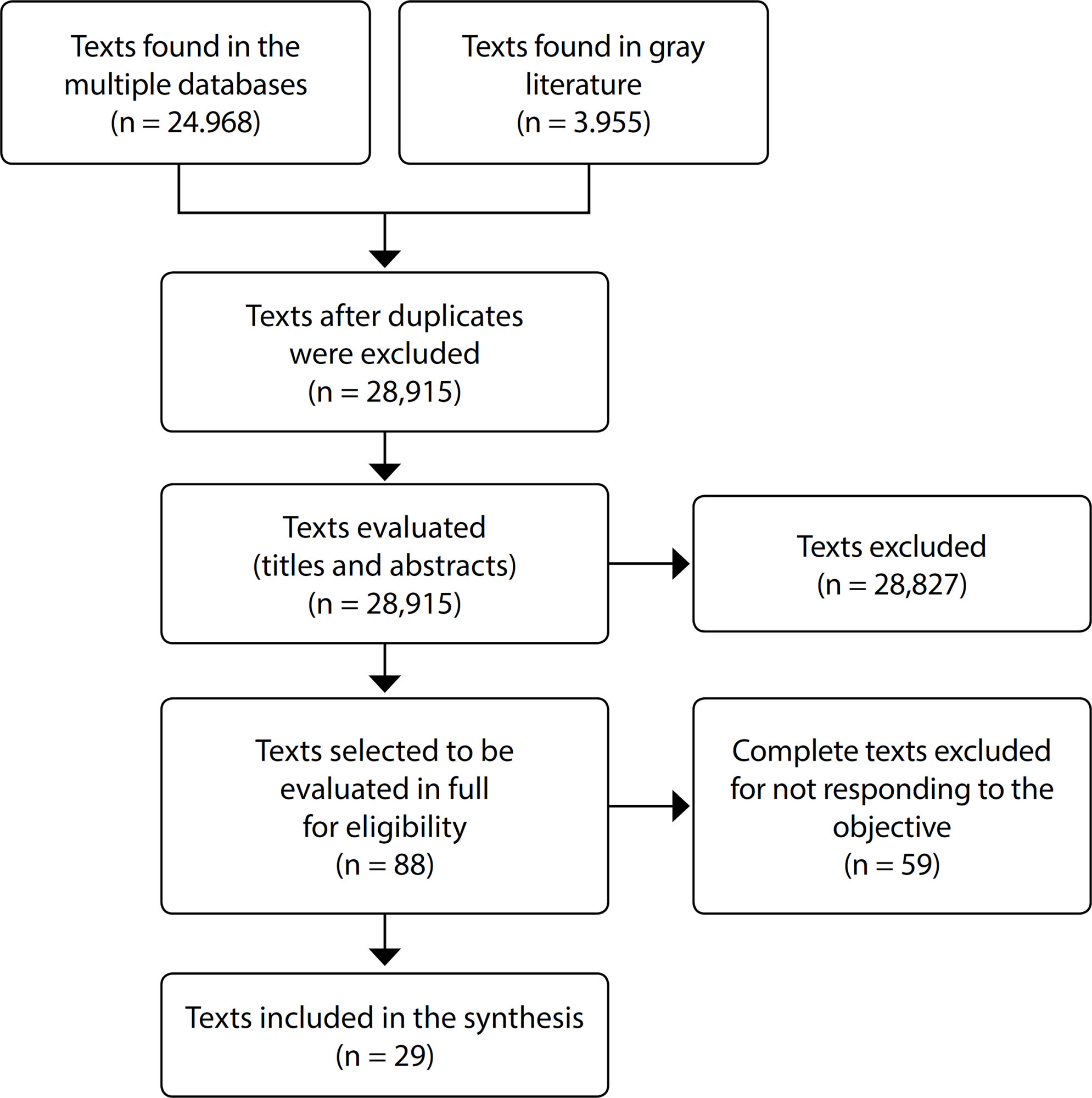
-
ORIGINAL ARTICLE05-24-2021
Construction and validation of educational material on promoting breastfeeding in schools
Revista Brasileira de Enfermagem. 2021;74:e20200511
Abstract
ORIGINAL ARTICLEConstruction and validation of educational material on promoting breastfeeding in schools
Revista Brasileira de Enfermagem. 2021;74:e20200511
DOI 10.1590/0034-7167-2020-0511
Views1See moreABSTRACT
Objective:
to build and validate an educational technology on the promotion of breastfeeding for schoolchildren.
Methods:
a methodological study was developed through a bibliographic survey, situational diagnosis, creation of illustrations, layout, design and texts, validation of the material with the help of expert judges and target audience.
Results:
the content judges enabled the validation of the material with an overall Content Validity Index of 90%, the judges of the design Suitability Assessment of Materials of 90.4% and the target audience with a 95.6% agreement. The readability percentage proved to be excellent, with an overall score of 100%.
Conclusion:
the educational technology proved to be a valid and reliable instrument to promote a breastfeeding culture among schoolchildren.

-
09-01-2021
Nursing APHMÓVEL: mobile application to register the nursing process in prehospital emergency care
Revista Brasileira de Enfermagem. 2021;74:e20201029
Abstract
Nursing APHMÓVEL: mobile application to register the nursing process in prehospital emergency care
Revista Brasileira de Enfermagem. 2021;74:e20201029
DOI 10.1590/0034-7167-2020-1029
Views1See moreABSTRACT
Objectives:
to develop an application for a mobile device for the registration of the Nursing Process by nurses of the Mobile Emergency Care Service.
Methods:
applied research with technology development based on software engineering and Apple’s Human Interface Guidelines. It had the support of an application developer and a designer. The proposal was built in four steps (scope definition, planning, prototype creation and development).
Results:
the application “Nursing APHMóvel” allows to record the steps of the Nursing Process, such as history, nursing diagnoses, outcomes and interventions with the possibility of storing the data and/or file in printable format. The technological innovation has location features, scales with automatic sum of items, touchscreen, and offline operation.
Conclusions:
it was possible to develop the application with the potential for computerized documentation of the Nursing Process by nurses working in the Mobile Emergency Care Service.
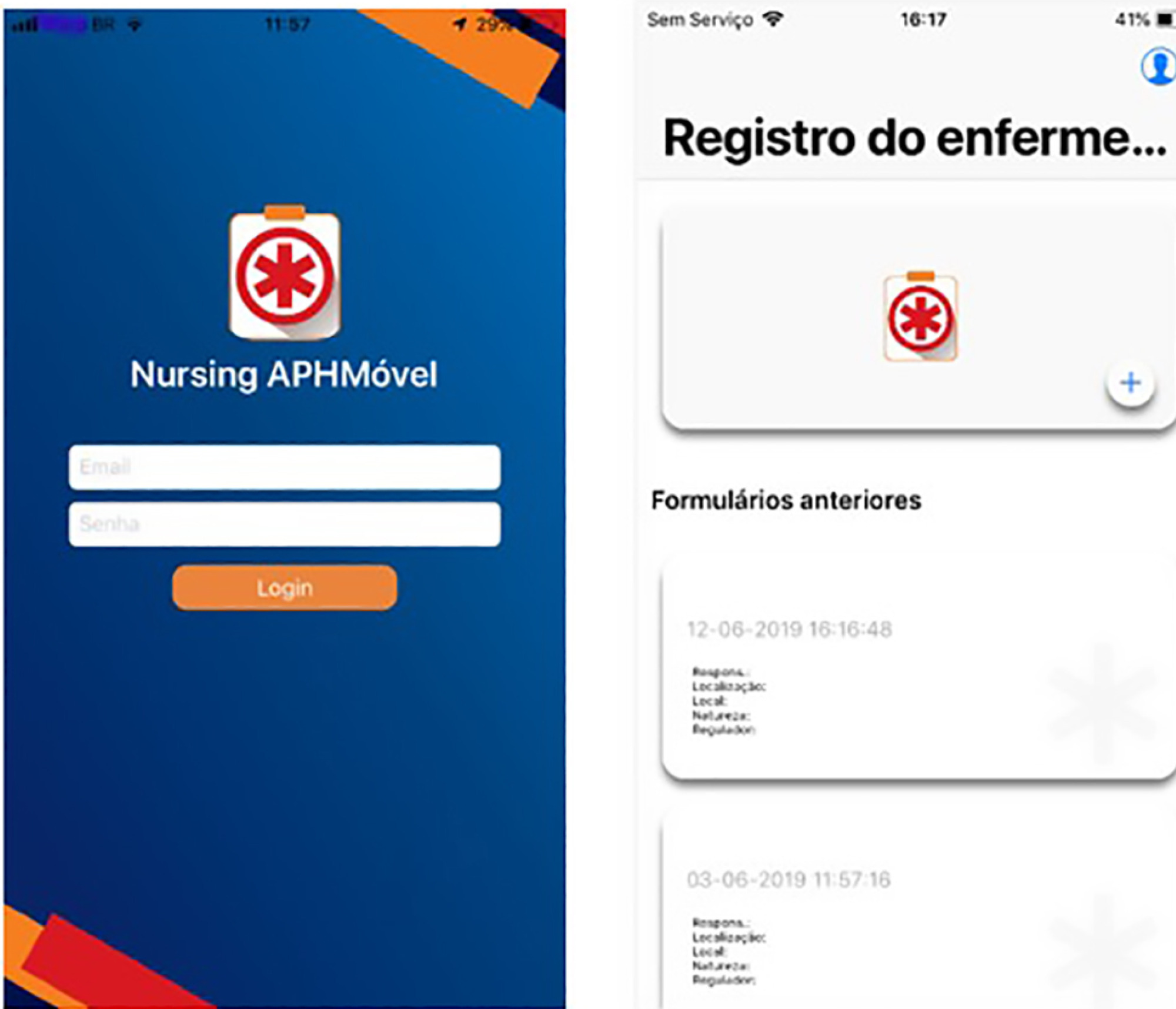
-
03-15-2021
Advanced Practice Nursing in Latin America and the Caribbean: seeking its implementation
Revista Brasileira de Enfermagem. 2021;74:e74suppl601
Abstract
Advanced Practice Nursing in Latin America and the Caribbean: seeking its implementation
Revista Brasileira de Enfermagem. 2021;74:e74suppl601
DOI 10.1590/0034-7167.202174suppl601
Views1Healthcare organizations are increasingly complex and specialized, seeking to optimize their quality and safety standards, and be able to meet the growing needs of their users. To face this reality, health professionals need to adapt to respond in time to the demands of the health context. In turn, the World Health Organization (WHO), through the […]See more -
ORIGINAL ARTICLE10-01-2022
Self-care of elderly people with diabetes mellitus and the nurse-patient interpersonal relationship
Revista Brasileira de Enfermagem. 2022;75(1):e20201257
Abstract
ORIGINAL ARTICLESelf-care of elderly people with diabetes mellitus and the nurse-patient interpersonal relationship
Revista Brasileira de Enfermagem. 2022;75(1):e20201257
DOI 10.1590/0034-7167-2020-1257
Views1INTRODUCTIONChronic non-communicable diseases are the main causes of death and health problems in the world, causing about 41 million deaths each year, which corresponds to approximately 71% of all deaths. Among these diseases, diabetes mellitus has stood out due to the increase in its incidence and prevalence().Estimates indicate that 463 million people live with diabetes […]See more
-
ORIGINAL ARTICLE03-24-2021
Health promotion actions in the School Health Program in Ceará: nursing contributions
Revista Brasileira de Enfermagem. 2021;74(1):e20190769
Abstract
ORIGINAL ARTICLEHealth promotion actions in the School Health Program in Ceará: nursing contributions
Revista Brasileira de Enfermagem. 2021;74(1):e20190769
DOI 10.1590/0034-7167-2019-0769
Views1See moreABSTRACT
Objectives:
to compare health promotion actions carried out by Family Health teams in Ceará, linked to the School Health Program.
Methods:
a cross-sectional study involving the first and second cycles of an external assessment of 910 and 1,626 teams from 184 municipalities, which joined the Brazilian National Program for Improvement of Access and Quality of Primary Care. Eight clinical assessment and seven health promotion indicators were assessed, together with health professionals working in schools.
Results:
the interviewees were nurses (95.6% and 98.3%). Between the cycles, there was an increase in clinical assessment (78.7% and 91.3%), health promotion and disease prevention (82.5% and 89.3%) and survey of students for follow-up (41.4% and 66.4%) in schools.
Conclusions:
health actions at school advanced between cycles, with nurses as protagonists in school health, which can reduce vulnerabilities in children and adolescents and qualify Primary Care.
-
ORIGINAL ARTICLE07-01-2020
Quality of life and osteomuscular symptoms in workers of primary health care
Revista Brasileira de Enfermagem. 2020;73(5):e20190054
Abstract
ORIGINAL ARTICLEQuality of life and osteomuscular symptoms in workers of primary health care
Revista Brasileira de Enfermagem. 2020;73(5):e20190054
DOI 10.1590/0034-7167-2019-0054
Views1See moreABSTRACT
Objectives:
to evaluate the quality of life and musculoskeletal symptoms in primary care workers.
Methods:
descriptive, correlational and cross-sectional study with 85 workers using the WHOQOL-Bref and Nordic Osteomuscular Symptoms Questionnaire.
Results:
lower quality of life for the Environment domain and higher for Social Relationships. Workers reported pain in lower back, neck, shoulders, wrists/hands/fingers and knees. Neck pain influenced Physical (p=0.015) and Psychological (p=0.030) domains; shoulder pain (p=0.004) and dorsal region (p=0.013) influenced the Physical domain; pain in knees influenced Physical (p=0.000) and Environment (p=0.032) domains; pain in the ankles/feet influenced Physical (p=0.000), Psychological (p=0.032) and Environment (p=0.007) domains; pain in the dorsal region influenced the Physical domain (p=0.013).
Conclusions:
workers evaluated their quality of life as good or very good and reported to be satisfied or very satisfied with their health. They also reported pains in lower back, neck, shoulders, wrists/hands/fingers and knees. Pain has influenced the quality of life.

-
ORIGINAL ARTICLE07-08-2020
The association between knowledge about HIV and risk factors in young Amazon people
Revista Brasileira de Enfermagem. 2020;73(5):e20190453
Abstract
ORIGINAL ARTICLEThe association between knowledge about HIV and risk factors in young Amazon people
Revista Brasileira de Enfermagem. 2020;73(5):e20190453
DOI 10.1590/0034-7167-2019-0453
Views0See moreABSTRACT
Objectives:
analyze the association between the level of HIV knowledge among young people from Amazonas region, their sociodemographic profile and infection risk factors.
Methods:
cross-sectional analytical study, which used a structured questionnaire containing questions about sociodemographic, behavioral aspects and HIV knowledge. Data were grouped by sex and underwent ordinal and binary logistic regression analysis.
Results:
the students had an HIV knowledge deficit, associated with a low educational level of their parents and low family income. The most frequent risk factors were lack of knowledge on the part of female students regarding proper male condom use, their infrequent use in sexual relations and failure to do HIV testing. There was an association between level of knowledge and use of dating apps by female students.
Conclusions:
there was no association between level of knowledge and the preponderant risk factors, but the students’ knowledge deficit rendered them more vulnerable to infection.
-
REVIEW03-07-2022
Gender violence perpetrated against trans women
Revista Brasileira de Enfermagem. 2022;75:e20210173
Abstract
REVIEWGender violence perpetrated against trans women
Revista Brasileira de Enfermagem. 2022;75:e20210173
DOI 10.1590/0034-7167-2021-0173
Views0See moreABSTRACT
Objectives:
to identify scientific evidence on gender violence perpetrated against trans women.
Methods:
integrative review, carried out in June 2020, without time frame, in the Scopus, MEDLINE, Embase, CINAHL, WoS, PsycInfo and LILACS databases. The controlled descriptors of DeCS, MeSH and their entry terms were used: “Transgender People”, “Transgender”, “Gender Identity”, “Transsexuality”, “Gender Violence”, “Aggression”, “Sexual Offenses”, “Rape”, “Violence”, “Domestic Violence”. The presentation and synthesis of the results were presented in the PRISMA-2009 flowchart.
Results:
the final sample, consisting of 16 articles, identified different types of violence (sexual, physical, verbal, psychological and financial), perpetrated by family members, strangers, police officers, intimate partners, health professionals, acquaintances, or friends.
Conclusions:
trans women suffer violence and social exclusion that result from stigma and discrimination due to gender identity and result in unrestricted damage to physical health.
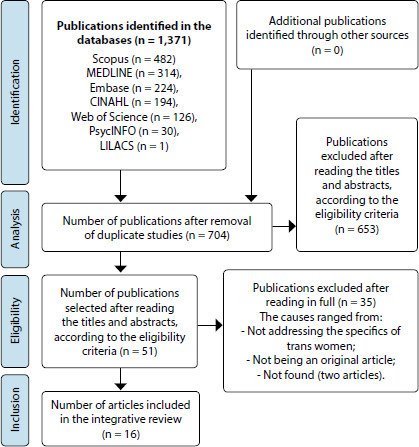
-
ORIGINAL ARTICLE07-15-2020
Spatial analysis of inequalities in fetal and infant mortality due to avoidable causes
Revista Brasileira de Enfermagem. 2020;73:e20190088
Abstract
ORIGINAL ARTICLESpatial analysis of inequalities in fetal and infant mortality due to avoidable causes
Revista Brasileira de Enfermagem. 2020;73:e20190088
DOI 10.1590/0034-7167-2019-0088
Views0See moreABSTRACT
Objectives:
to analyze social inequalities in spatial distribution of fetal and infant mortality by avoidable causes and identify the areas of greater risk of occurrence.
Methods:
avoidable deaths of fetal and infant residents of Recife/Brazil were studied. The rates of avoidable fetal and infant mortality were calculated for two five-year periods, 2006-2010 and 2011-2015. The scan statistics was used for spatial analysis and related to the social deprivation index.
Results:
out of the total 2,210 fetal deaths, 80% were preventable. Avoidable fetal mortality rates increased by 8.1% in the five-year periods. Of the 2,846 infant deaths, 74% were avoidable, and the infant mortality rate reduced by 0.13%.
Conclusions:
in the spatial analysis, were identified clusters with higher risk for deaths. The social deprivation index showed sensibility with areas of worse living conditions.
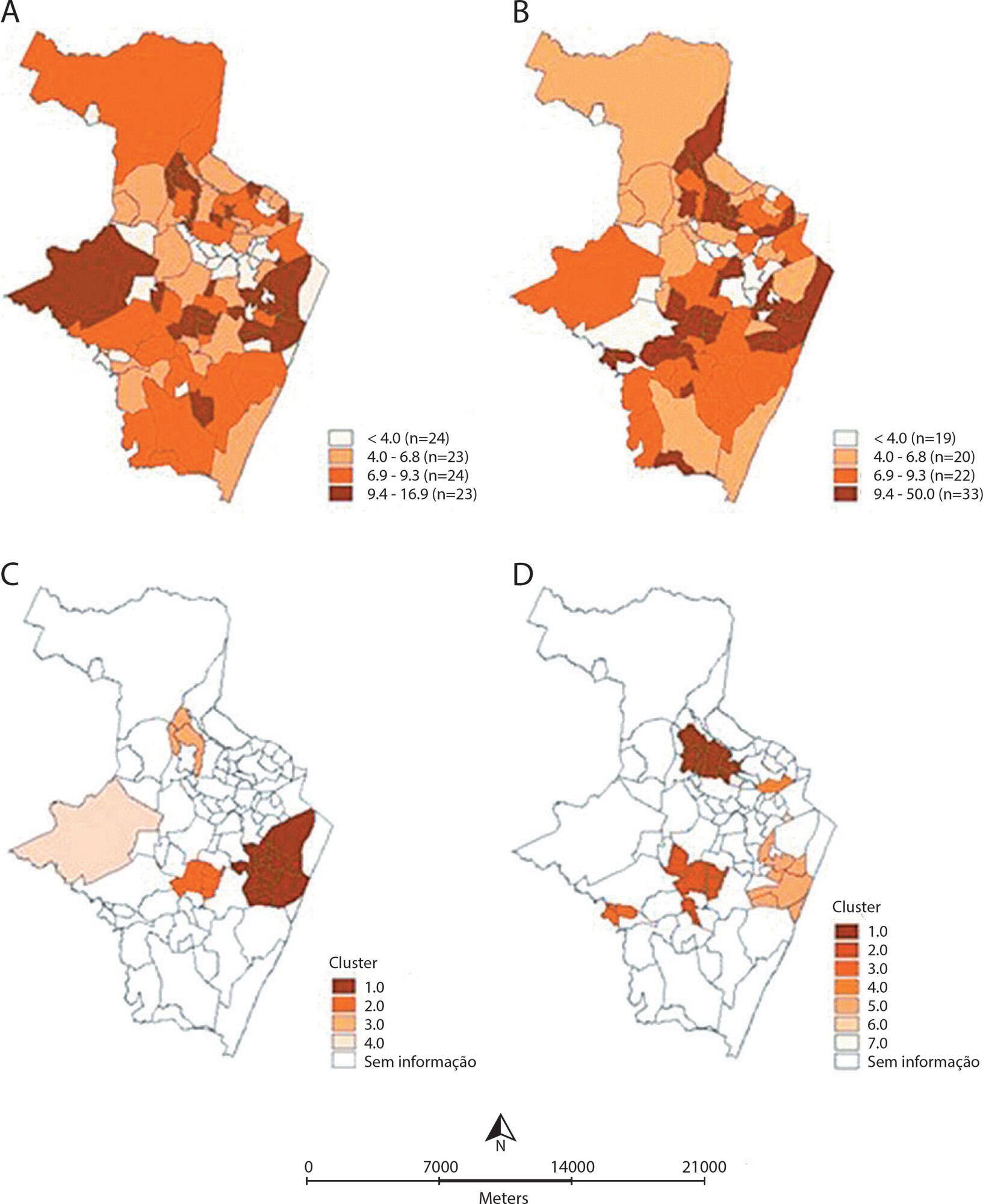
-
ORIGINAL ARTICLE05-03-2021
Medical device-related pressure injury prevention in critically ill patients: nursing care
Revista Brasileira de Enfermagem. 2021;74(2):e20200062
Abstract
ORIGINAL ARTICLEMedical device-related pressure injury prevention in critically ill patients: nursing care
Revista Brasileira de Enfermagem. 2021;74(2):e20200062
DOI 10.1590/0034-7167-2020-0062
Views0See moreABSTRACT
Objectives:
to know the care implemented by the nursing team to prevent medical device-related pressure injuries in critically ill patients.
Methods:
this is a qualitative research conducted with 15 nursing professionals from Intensive Care Unit. Sampling was carried out by theoretical saturation. For data analysis, the Discourse of the Collective Subject technique was used.
Results:
six speeches emerged, whose central ideas were interventions for medical device-related pressure injury prevention: care in fixation; frequent repositioning; protection and padding of body areas in contact; preferences for flexible materials, when available; attention of professionals so that they do not comer under patients; early assessment and removal, when clinically possible.
Final Considerations:
nursing care was directed mainly to respiratory devices, catheters in general and monitoring equipment, indicating that professionals have the knowledge to provide safe assistance consistent with the literature.
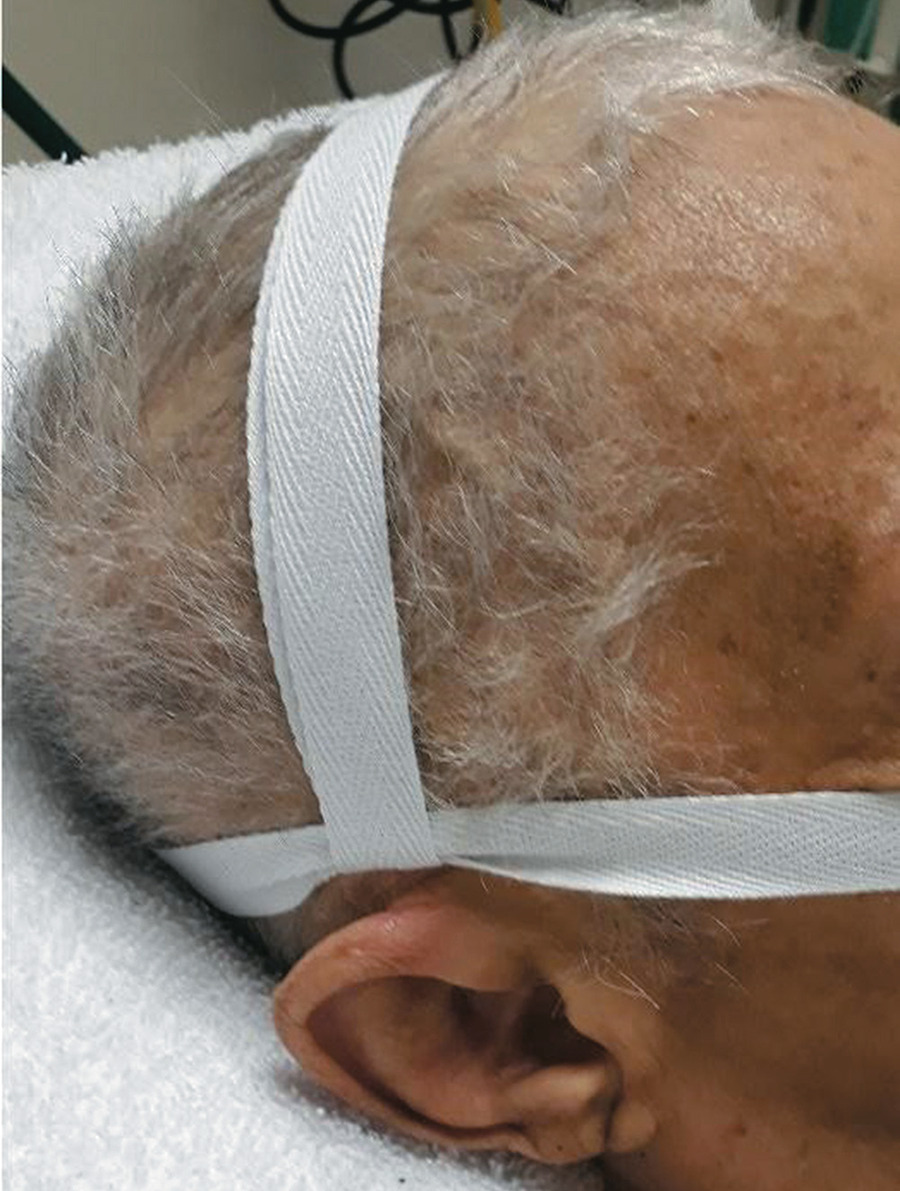
-
ORIGINAL ARTICLE08-19-2019
Factors related to impaired comfort in chronic kidney disease patients on hemodialysis
Revista Brasileira de Enfermagem. 2019;72(4):889-895
Abstract
ORIGINAL ARTICLEFactors related to impaired comfort in chronic kidney disease patients on hemodialysis
Revista Brasileira de Enfermagem. 2019;72(4):889-895
DOI 10.1590/0034-7167-2018-0120
Views0See moreABSTRACT
Objective:
to analyze the factors related to the impaired comfort of chronic kidney diseases (CKD) patients on hemodialysis.
Method:
this is a cross-sectional study with 80 patients undergoing hemodialysis in a renal replacement therapy unit through interviews using two instruments, one for clinical and sociodemographic characteristics and the General Comfort Questionnaire, during the hemodialysis session. Mann-Whitney tests and the logistic regression model were used for data analysis.
Results:
the study found that being younger (p=0.045); being married (p=0.05); and absence of impaired physical mobility (p=0.007) were contributing factors for greater comfort in CKD patients on hemodialysis. Thus, when establishing the odds ratio, it was possible to observe that being 55 years of age or older, being single and having impaired physical mobility represents a 45.7% chance of developing this diagnosis.
Conclusions:
sociodemographic and clinical variables contribute to the study outcome, demanding attention during the planning of nursing interventions.
-
REVIEW03-19-2021
Influence of burnout syndrome on the quality of life of nursing professionals: quantitative study
Revista Brasileira de Enfermagem. 2021;74:e20200298
Abstract
REVIEWInfluence of burnout syndrome on the quality of life of nursing professionals: quantitative study
Revista Brasileira de Enfermagem. 2021;74:e20200298
DOI 10.1590/0034-7167-2020-0298
Views1See moreABSTRACT
Objective:
To estimate the prevalence and factors associated with the burnout syndrome and quality of life among nursing professionals.
Methods:
Cross-sectional, analytical study, developed with 83 professionals in emergency care units in the city of Campina Grande-PB. A questionnaire was used to characterize the sample, the Maslach Burnout Inventory scale and the SF-36. Data was analyzed using descriptive and inferential statistics.
Results:
Most professionals showed low professional effectiveness (78.3; n=65), average depersonalization (53.0%; n=44) and average emotional exhaustion (55.4%; n=46). There was a statistical difference between the scores of the syndrome and the pain (p=0.03), vitality (p=0.04) and social aspect (p=0.03); significant correlation between the syndrome and vitality (p<0.001), mental health (p=0.01) and general quality of life (p=0.04).
Conclusion:
The burnout syndrome has an influence on the outcome of quality of life of nursing professionals, being more prevalent among professionals with older age, high income and among nurses.
Search
Search in:
Nuvem de Tags
Adolescente (85) Atenção Primária à Saúde (239) COVID-19 (91) Criança (91) Cuidados de Enfermagem (269) Educação em Enfermagem (151) Educação em Saúde (139) Enfermagem (930) Enfermagem Pediátrica (86) Estudantes de Enfermagem (77) Estudos de Validação (131) Família (87) Idoso (208) Promoção da Saúde (99) Qualidade de Vida (104) Saúde do Trabalhador (86) Saúde Mental (145) Saúde Pública (82) Segurança do Paciente (150) Tecnologia Educacional (100)



